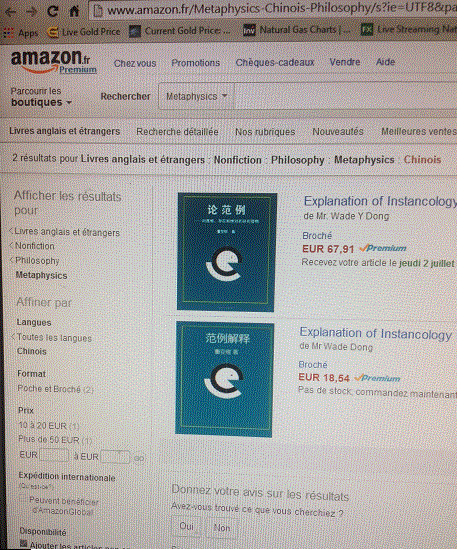The Function of the Whole in RA Instances
The Function of the Whole in RA Instances
In Instancology, the “whole” of an instance is not a composition of parts but an ontological presence that precedes and governs all its parts. The whole performs a function that cannot be reduced to mechanical or chemical processes. This function is the assignment and maintenance of identity and relational order among all constituent parts.
Take the example of a living organism: Why does the foot not grow a pair of eyes? Why do liver cells not turn into brain tissue? It is not merely because of genetic programming or chemical pathways, but because the whole of the organism functions as an ontological command center. This “command” is not a top-down signal in the sense of a nervous system directive, but rather the precondition for identity and proper differentiation. Each part knows its role only because it appears within the context of a whole.
This role of the whole is not executed like a general giving orders, but rather occurs as the structural condition of the instance. The whole ensures that no part can behave outside its relational identity—this is why a foot cannot become an eye, even if the molecular building blocks are similar. The parts are obedient not by force but by existential necessity: they exist as parts only by being placed within a meaningful whole.
Science, which operates in the realms of AR (Absolute Relative) and RR (Relative Relative), can analyze parts and even replicate their physical arrangements. But science cannot instantiate the whole. It can clone a cell or organ, but it cannot generate the original ontological instance of life. That is why, despite advanced technology, life remains uncreatable—because the function of the whole belongs to the RA (Relatively Absolute) level, which is outside human manipulation.
Thus, the whole:
Prevents misplacement or confusion of parts.
Guarantees internal coherence and proper differentiation.
Grounds the identity of all internal functions, without itself being a function in the RR sense.
In conclusion, the whole is not a passive background—it is an active ontological performance, making the instance what it is. Without this whole, no coherent identity or function could ever emerge from its parts. This is what makes life unique, and why it cannot be manufactured or simulated: because it is the whole that makes the parts exist, not the parts that generate the whole.

